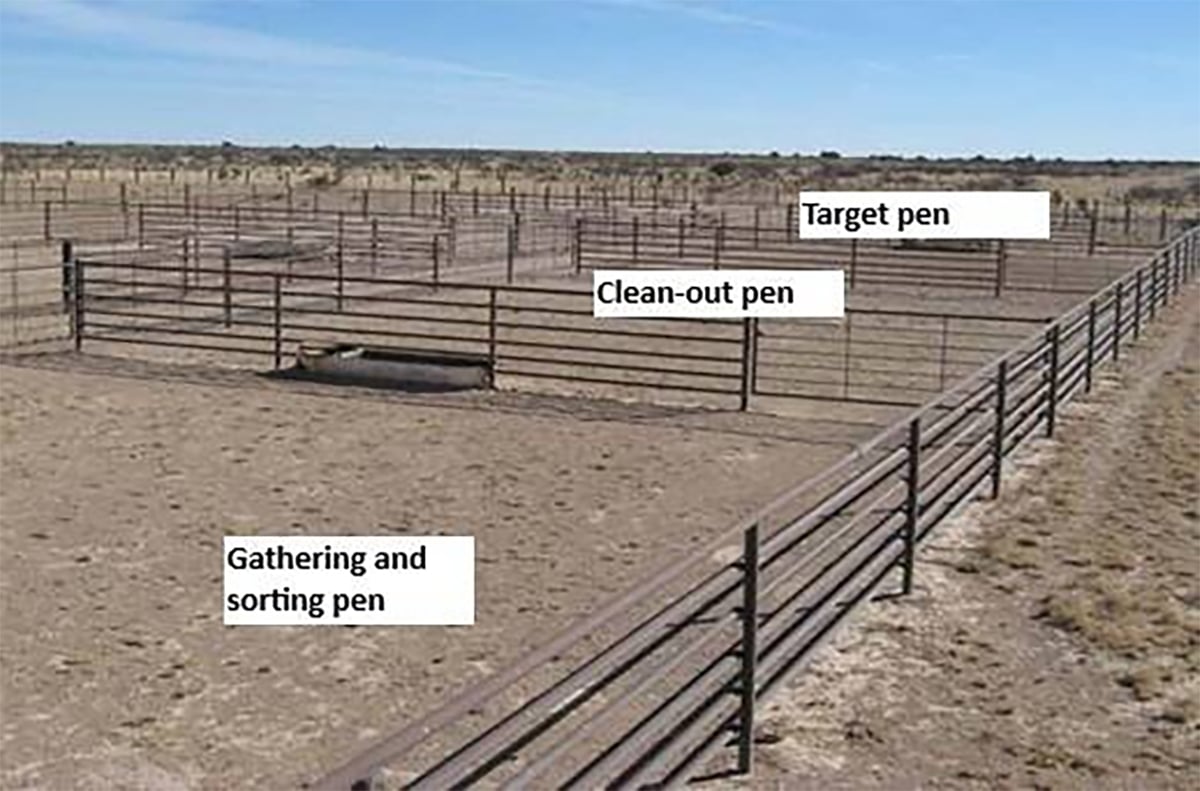PONOKA, Alta. — Ask Thomas Akerman how the bison industry is doing and he needs to change hats during the conversation.
As marketing manager for Canadian Rangeland Bison, business is booming.
Meat sales are strong with reliable markets in Canada, the U.S. and Europe.
“With meat prices, we’re doing really well. People love it and the business is growing,” he said during the Wildrose Bison Show and Sale March 15.
When he switches to his bison producer hat, the business is not quite as rosy. After toughing out BSE, drought and a herd of other problems, older bison producers are taking advantage of high meat prices and getting out of the business.
Read Also

Teamwork and well-designed handling systems part of safely working cattle
When moving cattle, the safety of handlers, their team and their animals all boils down to three things: the cattle, the handling system and the behaviour of the team.
“The breeding end seems to be hit and miss,” said Akerman of Green Horizon Farms near Lacombe, Alta.
During the last Canadian census, there were about 200,000 bison in Canada. As in other agricultural industries, farmers are getting older and there are fewer of them. Some are leaving the industry and the ones staying in are expanding their operations.
“We are noticing there is not a lot of new people, but established and bigger operations are seeing succession within the family,” said Akerman, chair of the Bison Producers of Alberta. Almost half of Canadian bison are raised in Alberta.
With the two European Union ap-proved slaughter plants located in the province, as well as the top three bison marketers, Akerman called Alberta the centre of the bison industry.
“Alberta is bison country. This is their natural habitat. The big issue is down the road. Will there be enough supply,” he said.
“They’re making money in the bison industry.”
In the past six weeks, Ivan Smith of Big Bend Bison Ranches has bought five herds from retiring ranchers.
Of the 700 cows, 250 were sent straight to slaughter, 150 were added to his herd and the rest were sold to other producers who wanted to build their herds.
“They’re at least staying on the land,” said Smith, who has also seen a lot of older bison producers leaving the industry.
Smith said many producers at the sale were reluctant to bid on animals to add to their herds out of fears that the strong prices may not last.
The 50 breeding bulls, heifers and calves at the show and sale sold for $94,600.
The top selling bull was $5,700 and the lowest price was $1,700. The top selling yearling heifer sold for $2,500 and the low for $1,100.
The top selling bull calf sold for $5,200 and the low for $1,000. The top selling heifer calf sold for $2,700 and the low was $900.
Smith also said that many producers were nervous that high bison meat prices may not last. Instead of investing in a few more animals, they would rather cash in on high meat prices now.
“There is a lot of pasture out there sitting empty,” he said.
As owner of Big Bend Market Fine Meats and Deli in Red Deer, Smith said he sees his customers’ growing interest and believes the demand for bison won’t decline soon.
Like Akerman, Smith sees growth in the industry occurring through family succession. Children of producers are investing in the farm, or are taking over existing businesses from their parents.
Through a grant from the Alberta Livestock and Meat Agency, the Bison Producers of Alberta is looking to encourage absentee ownership of bison as a way to expand.
“The optimism is here. The signals are out there. We have a good product, good demand and good prices,” said Akerman.














